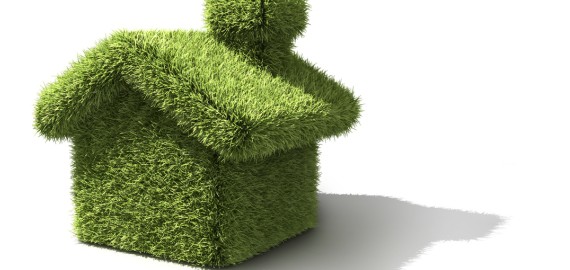Thinking about Buying Green? Know what it Means.

What does it mean to have an environmentally-friendly home?
Looking to build or buy a home that is energy-efficient? There are several different companies out there today who can help you rate a home on how environmentally friendly it is. The three prominent companies who provide the standards necessary to be considered a “green” building each look at different aspects and have different methods of achieving that status of being an eco-friendly establishment. While each may have its own set of standards, they all focus on ways to reduce energy consumption. Here’s an introduction to the companies who set the green standards for buildings.
LEED
The Leadership in Energy and Environmental Design is program that was created by the US Green Building Council and is the most popular standard for green design. LEED has a system that scores a building based on several aspects, including the use of sustainable materials and energy-saving mechanisms. The number of points the building earns then determines what level of certification they receive, with the lowest being Certified and the highest level of Platinum.
While LEED is used mostly for commercial buildings, they also include a set of standards for single-family homes. If you are interested in your home becoming green, a list of energy-friendly features is available. Some features include the use of LED lighting, energy efficient appliances and boilers, as well as low-flush toilets. The cost of making your home green, as well as going through the process of being a verified LEED energy-efficient home turn a lot of homeowners away; however, homeowners can still use the standards as a guide to make their home more eco-friendly.
NET ZERO ENERGY
A net zero energy home is a home that produces all the energy it consumes. The central idea for this program is to really only use the energy that you produce, which will have positive effects on the environment by reducing fossil fuel usage and carbon emissions.
While a LEED certified home focuses on building structure and construction, a net zero energy home is achieved by using energy-renewable systems. This includes using either wind turbines or photovoltaic panels, and in some cases a combination of both. Installing these energy-renewable systems can be expensive, but there are federal tax credits available.
Passivhaus
Energy efficiency is the focus for this program as well; however, these homes are designed to be energy-efficient and do not use renewable energy systems as in net zero energy homes. Homeowners of Passivhaus homes are ensured many things, including extraordinary air quality and lower energy bills. This can all be done with well-insulated walls and windows, and making sure the house is built according to the position of the sun.
The Passivhaus program is not a well-known set of green standards in the United States but has been remarkably popular in Europe for decades. In Europe, there are over 30,000 approved buildings compared to 100 in the United States. The main reason for this difference is simply the limited exposure to the standards, as well as the availability of building materials. New and upcoming architects are rapidly increasing the popularity and obtainability of a Passivhaus for the average homeowner.